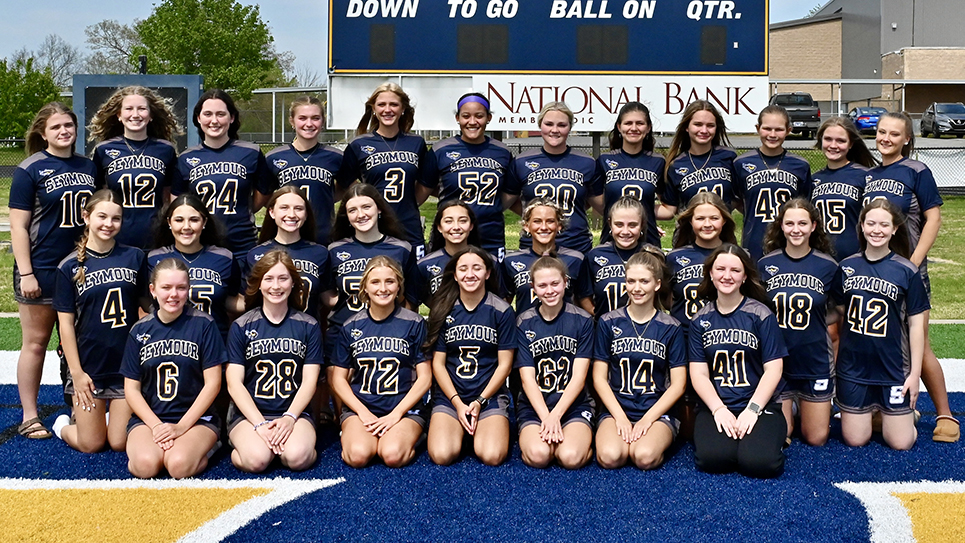By Tom Mattingly
Over the course of the University of Tennessee football program’s history, there are connections that aren’t readily apparent, but they make sense once you realize what they are and how they manifest themselves.
These connections go back to the 1930s, to the horse-and-buggy days of Tennessee football, marked by the single-wing, leather helmets, and much smaller crowds at Shields-Watkins Field. The years 1938-40 are among the school’s best, 11-0 in 1938, 10-1 in 1939, and 10-1 in 1940.
Ed Molinski was a 1939-40 All-American guard who became team physician at Memphis State and Mississippi State as well as being a prominent physician in the Bluff City.
Tennessee was 31-2 over the course of his career, winning two national cities and three SEC titles.
When he arrived in Knoxville, Molinski probably wasn’t surprised at Maj. Robert R. Neyland’s single-minded approach to football, because he had played his high school football in Massillon, Ohio, under the legendary Paul Brown, who later coached professionally at Cleveland and Cincinnati and was a founder of both teams.
Molinski and Bob Suffridge, the latter being the only three-time All-American selection in school history, anchored the offensive and defensive lines in those days, although they weren’t exactly buddies during their careers. Rumor has it they rarely spoke to each other.
When Doug Dickey became head coach at Tennessee in December 1963, Cleveland’s Bob Johnson was one of the first players he visited, and eventually signed, along with John Boynton, an offensive tackle from nearby Pikeville. He had considerable help in this effort from Jim McDonald, his predecessor as head coach.
Bob was the linchpin of Vol offensive lines from 1965-67, a two-time All-American selection and 1967 Jacobs Trophy winner as the SEC’s best blocker. He finished sixth in the Heisman Trophy balloting. Boynton was a steady offensive tackle who, as Dickey once said, “did his job and didn’t say much.”
Johnson and Boynton joined Elliott Gammage, Joe Graham, and Charley Rosenfelder as one of the great Tennessee offensive lines.
Long-time Tennessee football observers would say Bob was the Peyton Manning of his day, with a significant number of honors listed next to his name in the record books. A similar number would also say Peyton Manning was the Bob Johnson of his day.
Just before the 1965 season started, the News-Sentinel’s Marvin West reported, “Bob Johnson, 225-pound sophomore, divided his time between defensive tackle and center.”
Johnson found a home at center, good enough that no one thought about his potential defensive prowess again.
Texas head coach Darrell Royal visited campus during Johnson’s time in Knoxville and said he would be more than glad to take Bob back to Austin with him, if Dickey would let him.
Dickey very politely told Royal he’d keep Johnson in Knoxville. He knew a good thing when he saw one.
“Bob became a leader immediately,” said Dickey. “There was never any doubt he was going to be a leader of whatever group he was a part of. There was a demeanor about him that let you know he was a leader. He had the brainpower as well as the muscle power to get the total scholar-athlete program done at the University of Tennessee.”
In 1968, after having starred for Dickey, Johnson was the No. 1 draft choice, No. 2 NFL selection overall, of the fledgling Cincinnati Bengals, playing for. . . Paul Brown. Brown also drafted Vol quarterback Dewey Warren in the sixth round.
Dickey and Brown each built their offensive success, and the success of their teams, around the center from Bradley County.
“Coach Dickey had a lot in common with Coach Brown,” Johnson said. “They both had back-bones made of steel. If they thought something was right, there was no bending. They did not have unrealistic rules, and they didn’t care who broke them-everybody was dealt with the same way.”
Neyland (1956), Johnson (1989), Molinski (1990), and Dickey (2003) are members of the Col-lege Football Hall of Fame. Brown was a 1967 inductee into the Pre) Football Hall of Fame.
The circle was complete. It started with Ed Molinski and was built from there over the years.
For Tennessee fans who “know their stuff,” this is a fascinating story, covering a 30-year time frame. Paul Brown was Ed Molinski’s high school coach, and Neyland reaped the rewards of Brown’s tutelage. When Brown was in charge of the Bengals, he reaped the rewards of Doug Dickey’s work with Bob Johnson. It’s a much different angle to the old expression, “What goes around, comes around.”






